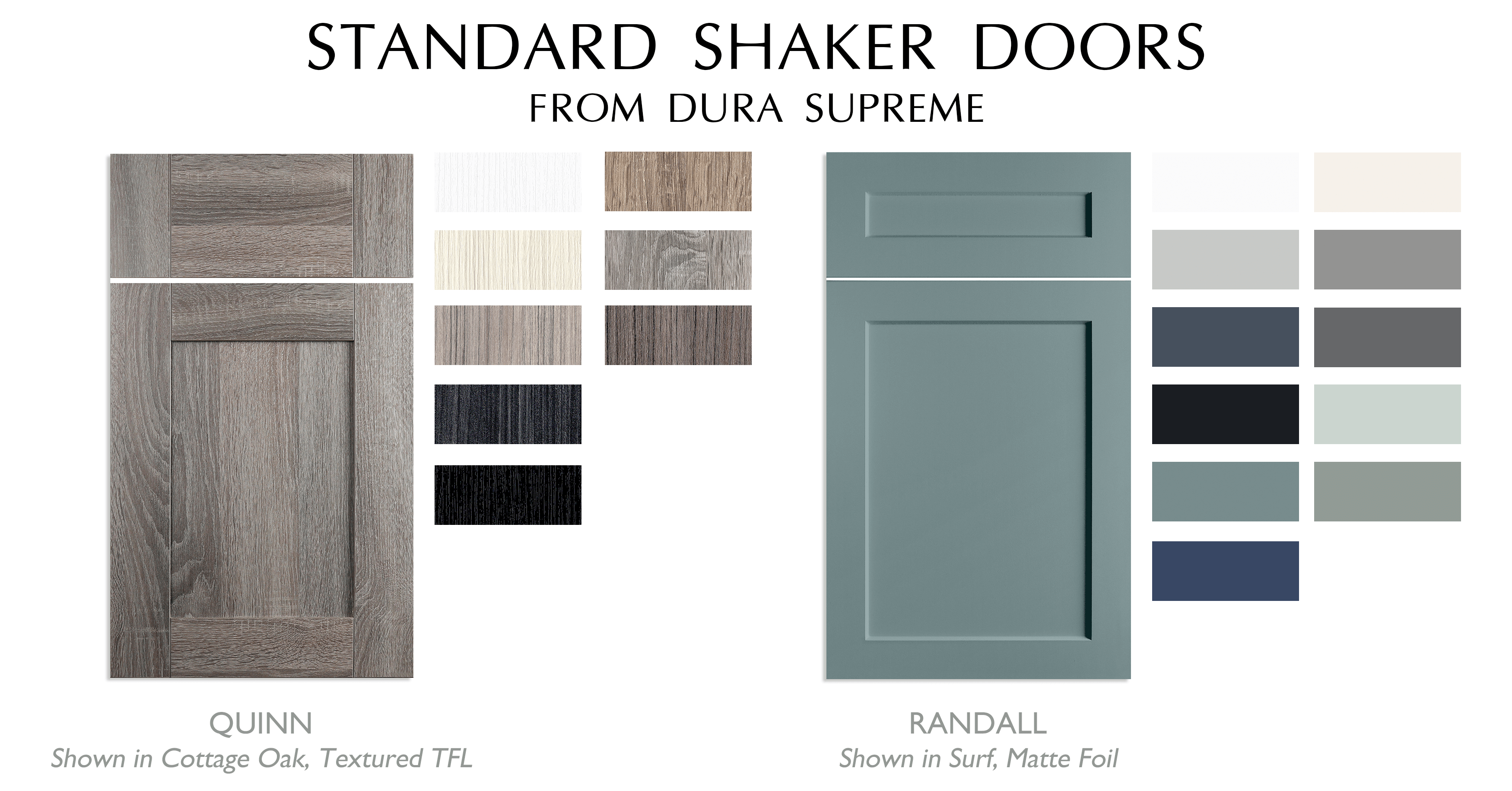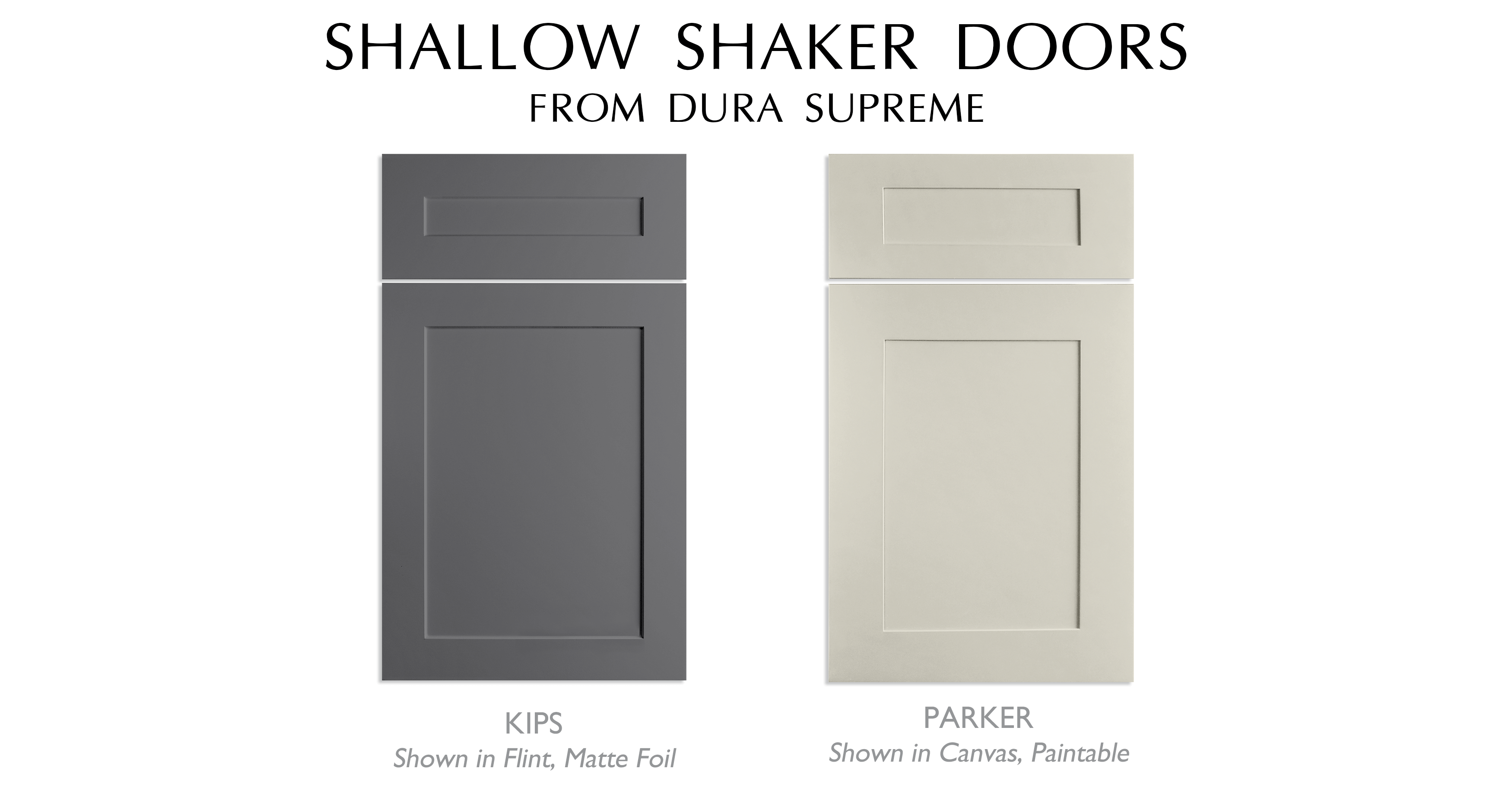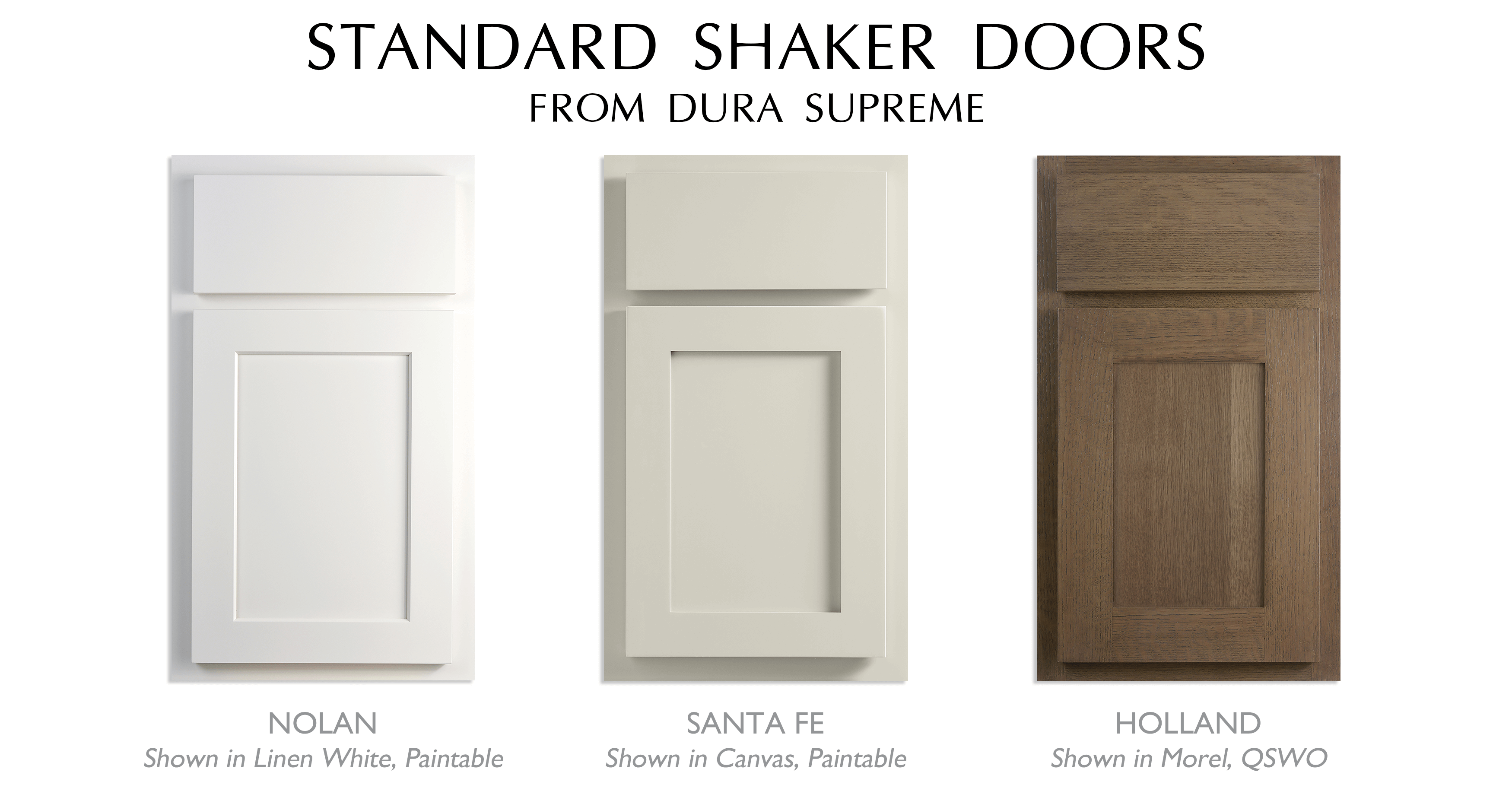Standard Shaker Cabinet Door Sizes

The seemingly simple Shaker cabinet door, with its clean lines and understated elegance, holds within it a universe of design possibilities. Understanding the standard dimensions is key to unlocking the potential of this timeless style, allowing for a harmonious blend of form and function in your kitchen or any space. These dimensions, while generally standardized, can subtly shift based on the manufacturer and specific design choices, reflecting the individual expression inherent in even the most basic of forms.
Shaker cabinet door dimensions – The following table provides a glimpse into the common dimensions, a starting point for your own journey of creation and mindful design. Remember, these are guidelines; the true artistry lies in adapting these standards to your unique vision.
Common Shaker Cabinet Door Dimensions
| Cabinet Type | Width (inches) | Height (inches) | Notes |
|---|---|---|---|
| Base Cabinet | 24, 30, 36 | 30, 33, 36 | Dimensions may vary depending on drawer configurations. |
| Wall Cabinet | 12, 15, 18, 24, 30 | 12, 24, 30, 36 | Smaller sizes are common for upper cabinets. |
| Upper Cabinet | 12, 15, 18, 24, 30 | 12, 24, 30 | Often shallower than base cabinets. |
Variations in Shaker Door Dimensions
Manufacturers often offer slight variations in their Shaker door dimensions, reflecting subtle differences in design philosophy and construction techniques. For example, one manufacturer might prioritize a slightly larger reveal between the frame and panel, resulting in marginally larger overall dimensions compared to another. Similarly, different styles within the Shaker family—from the more traditional to contemporary interpretations—can also influence the final size. Custom cabinet makers offer even greater flexibility, allowing for truly bespoke dimensions to perfectly suit a space’s unique character.
Visual Representation of Shaker Door Sizes in a Kitchen Setting
Imagine a kitchen with a warm, inviting atmosphere. The base cabinets, a rich espresso wood, feature doors measuring 36 inches wide and 36 inches high. These larger doors create a sense of spaciousness and provide ample storage. Above them, wall cabinets with doors measuring 24 inches wide and 24 inches high offer convenient access to frequently used items. A smaller section of upper cabinets, designed for displaying china or glassware, features doors of 18 inches wide and 12 inches high, adding a touch of elegance. The overall effect is a harmonious balance, where each cabinet size contributes to the overall aesthetic and functionality of the space. The subtle variations in door sizes, carefully chosen, contribute to a visually pleasing and efficient kitchen design, illustrating how seemingly small differences in dimension can significantly impact the overall design. The careful selection of these sizes underscores the balance between form and function that defines a well-designed space.
Factors Influencing Shaker Cabinet Door Dimensions

The dimensions of shaker cabinet doors, seemingly simple elements, are in truth a reflection of a deeper harmony – a balance between aesthetics, functionality, and the very essence of the space they inhabit. These dimensions are not arbitrary; they are a result of careful consideration, a dance between form and function that speaks to the soul of the design.
Cabinet style significantly impacts overall door dimensions. The inherent structure of the door itself dictates its size and proportion.
Cabinet Style Influence on Door Dimensions
Raised panel shaker doors, with their characteristic recessed center panel, often require slightly larger overall dimensions to accommodate the frame and the depth of the panel. This adds a sense of visual weight and richness, demanding more space. Flat panel shaker doors, conversely, are typically sleeker and more minimalist, allowing for slightly smaller dimensions while maintaining a sense of elegance and modern simplicity. The difference might seem subtle, but it significantly influences the overall feel of the kitchen or room. For instance, a raised panel door in a large, open kitchen might feel balanced and substantial, while the same door in a small galley kitchen might overwhelm the space. Conversely, a flat panel door could be lost in a large kitchen, while it would create a sense of openness in a smaller space. The choice, therefore, is a reflection of a considered response to the space’s character.
Door Size and Cabinet Functionality, Shaker cabinet door dimensions
The relationship between door size and cabinet functionality is profoundly interconnected. Larger doors offer greater accessibility, allowing for easier access to stored items. However, excessively large doors can compromise structural integrity and might even be impractical in smaller cabinets. Smaller doors, while potentially more manageable, may limit storage capacity and accessibility, especially for bulky items. Consider a pantry cabinet: larger doors would allow easy access to all stored items, while smaller doors would require more maneuvering and might make retrieving items from the back more challenging. The optimal door size is a delicate balance, a reflection of the intended use of the cabinet and the overall design philosophy. The dimensions are not merely numbers; they are a response to the practical needs of the space and its inhabitants.
Regional and International Variations in Shaker Door Dimensions
Shaker cabinet door dimensions aren’t universally standardized. Regional preferences and building codes influence the sizes commonly used in different parts of the world. For example, European kitchens often feature smaller cabinets and doors compared to those found in North American homes. This reflects differing cultural preferences for kitchen design and available space in typical dwellings. In some regions, slightly larger dimensions might be favored to accommodate larger appliances or a more generous approach to storage. These variations are not mere inconsistencies; they are a testament to the adaptable nature of design, reflecting the unique needs and aesthetics of various cultures and contexts. The dimensions become a subtle yet significant marker of regional identity and design philosophy.
Custom Shaker Cabinet Door Dimensions and Considerations

Embarking on the creation of custom shaker cabinet doors is akin to sculpting a sacred space, a personal sanctuary within the home. It’s a journey of precise measurement and mindful design, where each dimension reflects a deeper intention, a harmonious blend of form and function. The process demands careful consideration, for the doors are not mere panels of wood, but rather the gateways to functionality and aesthetic expression.
The path to crafting perfect custom shaker doors begins with a thorough understanding of your cabinet’s unique dimensions and the overall design vision. This involves a meticulous approach, a reverence for detail that ensures the final product reflects both practicality and artistic integrity.
Calculating Custom Shaker Cabinet Door Dimensions
The creation of custom shaker cabinet doors necessitates a precise calculation of dimensions, a process akin to charting a course for a spiritual journey. First, measure the cabinet opening’s height and width, ensuring accuracy to the nearest 1/16th of an inch. Subsequently, deduct the desired reveal – the space between the door and the cabinet frame – from both measurements. This reveal, typically ranging from 1/8 to 1/4 of an inch, provides the necessary clearance for smooth opening and closing. The resulting dimensions represent the net size of the door itself. Finally, consider the thickness of the door, usually 3/4 of an inch for standard construction, and factor it into the overall calculations. Remember to account for the stile and rail components of the shaker design, ensuring that the panel fits seamlessly within the frame.
Scenarios Requiring Custom Shaker Cabinet Door Dimensions
Custom shaker doors are not merely an indulgence; they are often essential for achieving a harmonious and functional design. Consider a kitchen remodel where a slightly oversized cabinet necessitates a custom-sized door to maintain visual balance and avoid the jarring effect of an ill-fitting panel. Similarly, angled cabinets or cabinets within uniquely shaped alcoves demand custom dimensions to ensure a seamless integration within the overall design. The use of custom doors allows for seamless integration with unique architectural features, transforming potential limitations into design opportunities.
Cost Comparison: Standard vs. Custom Shaker Cabinet Doors
The choice between standard and custom shaker cabinet doors involves a careful weighing of costs, a mindful consideration of budget and aesthetic priorities.
The financial aspects are significant, representing a balance between investment and long-term satisfaction. A clear understanding of the cost implications is crucial for informed decision-making.
- Standard Shaker Doors: These offer a cost-effective solution, with prices typically lower due to mass production. Materials are often less expensive, and labor costs are minimized due to standardized production processes. However, limited size options might compromise the overall design.
- Custom Shaker Doors: The cost of custom doors is generally higher, reflecting the specialized labor and potentially more expensive materials. The increased cost is balanced by the ability to perfectly fit the doors to the cabinetry and the freedom to incorporate unique design elements.
For example, a standard 30″ x 30″ shaker cabinet door might cost between $100 and $200, while a custom-sized door with intricate details could range from $300 to $800 or more, depending on the materials and complexity of the design. These figures are illustrative and vary significantly based on geographic location, material selection, and the cabinet maker’s pricing structure. Always obtain multiple quotes to compare pricing before making a final decision.
